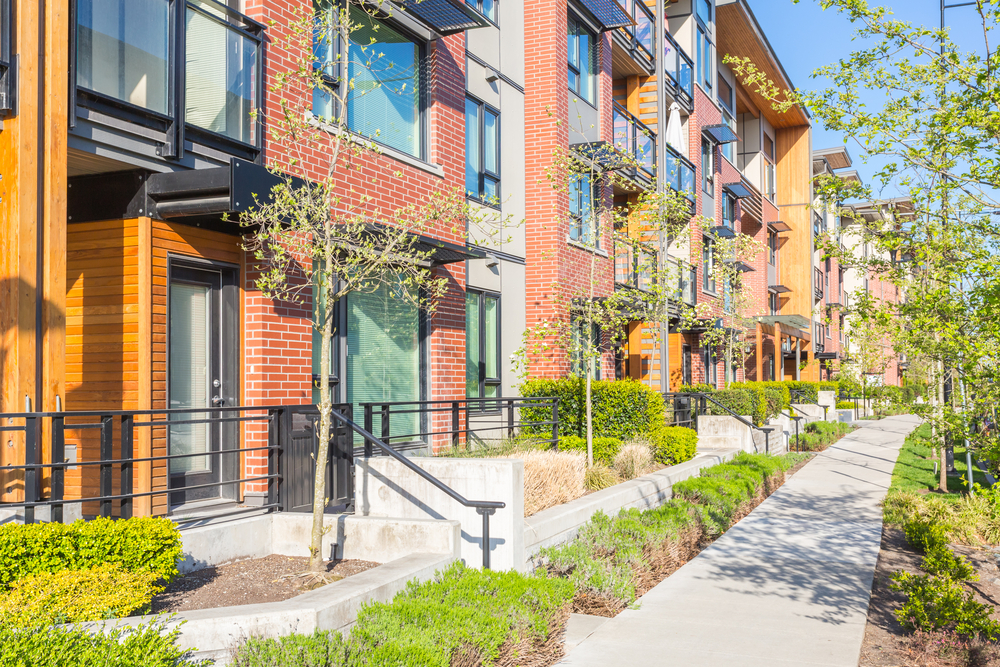3 HOA Trends
Condo Bylaws Revisited
Homeowner associations are experiencing a period of rapid change. These changes influence everything from how parties communicate to the appearance of the community. Explore three HOA trends for 2018-2019. Revisiting Short-Term Rental Rules Short-term rentals are an increasingly hot topic, particularly in popular tourist destinations and bustling metros. Many HOAs are tightening up short-term rental […]

